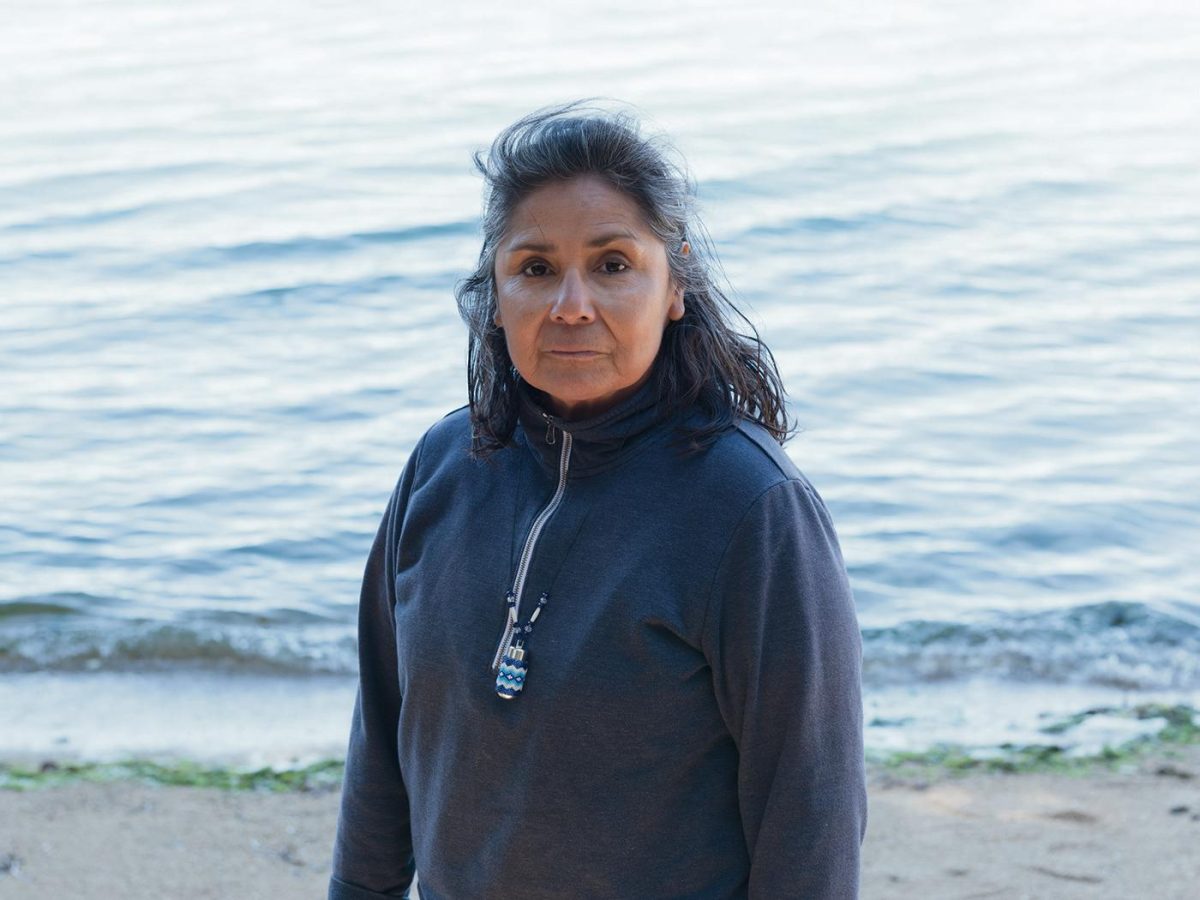Theresa Harlan has a vision. As the adopted daughter of a Coast Miwok family who lived for generations at the cove on Tomales Bay known . . .
Theresa Harlan: Telling the story of Felix Cove


Theresa Harlan has a vision. As the adopted daughter of a Coast Miwok family who lived for generations at the cove on Tomales Bay known . . .